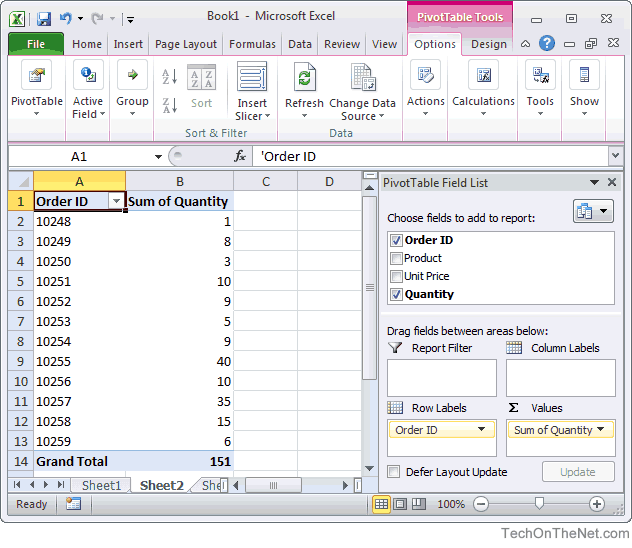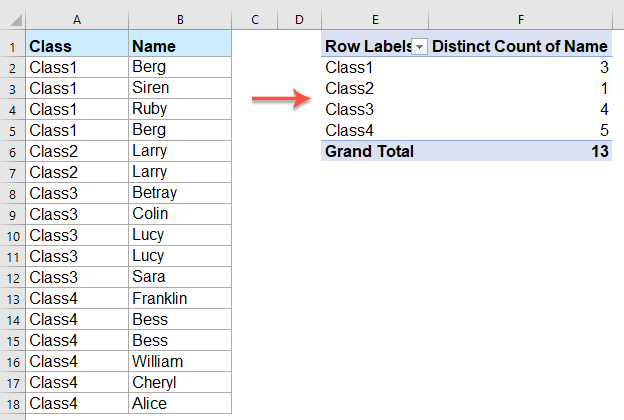

- COMPLICATED PIVOT TABLES IN EXCEL 2013 HOW TO
- COMPLICATED PIVOT TABLES IN EXCEL 2013 PLUS
- COMPLICATED PIVOT TABLES IN EXCEL 2013 DOWNLOAD
If you decide to put the Pivot Table in an Existing Worksheet, you will need to select the location by pressing the red arrow, choosing the cell where you want your Pivot Table to be placed, and then pressing the ENTER key twice to confirm. If you choose a New Worksheet it will place the Pivot Table in a brand new worksheet (e.g. In the Choose where you want the PivotTable report to be placed, you can either choose a New Worksheetor an Existing Worksheet. STEP 2:This will bring up the Create Pivot Table dialogue box and it will automatically select your data`s range or table. STEP 1: Click in your data and go to Insert > Pivot Table Then you can choose from the many different formats, like Number, Currency, Percentage, or Custom. You can easily format the values simply by Right-Clicking on a value and choosing Number Format. You may need to drag and drop this field from the PivotTable Fields and into the Row/Column Labels area to confirm that it is Grouped. The SALES field may not be evident that it is Grouped, especially if it is not selected in the Row/Column labels. Sometimes you will need to locate the Table that has the Grouped values. STEP 3: Drop in the SALES field in the Values area once again STEP 2: Drag the Count of SALES out of the Values area and let go to remove it STEP 1: Right Click on the Grouped values in the Pivot Table and choose Ungroup: When you drop in the same Values field in the Values area, you will also get a Count of… Sales) in the Row/Column Labels and then you Group it. Let’s say that you put a Values field (e.g. STEP 4: Drop in the Values field (SALES) in the Values area once again STEP 2:Go over to your Pivot Table, click on the Count of…. STEP 1: You will need to enter a value or a zero within this blank or text formatted cell(s)
COMPLICATED PIVOT TABLES IN EXCEL 2013 HOW TO
Have a look at the following tutorials that show you how to locate blank cells.įind Blank Cells In Excel With A Color EXCEL FIX: We get the annoying Count of Sales below:
COMPLICATED PIVOT TABLES IN EXCEL 2013 DOWNLOAD
This usually happens when you download data from your ERP or external system and it throws in numbers that are formatted as text e.g. Pretty stupid but that’s the way it thinks.Īlso if you have a cell that is formatted as Text within your Values column, then it will also cause it to Count rather than Sum. So if you have at least one blank cell in a Values column, Excel automatically thinks that the whole column is text-based. A Values field is Grouped within your Table. There are “text” cells in your values column within your data set orģ. There are blank cells in your values column within your data set orĢ. Well, there are three reasons why this is the case.ġ. Learn this and more.The no1 complaint that I get is “Why do my values show as a Count of rather than a Sumof ?”
COMPLICATED PIVOT TABLES IN EXCEL 2013 PLUS
Attendees will see how a PivotTable gives them all of these capabilities plus dozens more display and manipulation features. They need ways to create multiple totals in columns and rows and have the capability to interchange these fields, add other fields, sort results without using lengthy command sequences and creating complicated formulas. Once you attend part one you will have a strong desire to attend part two.Įxcel users who need to analyze database-like data can only go so far with sorting, filtering, and inserting subtotals. Learning to use PivotTables gives you creative opportunities for unparalleled data analysisĭennis Taylor is a master when it comes to Excel training.use Conditional Formatting with PivotTables to highlight data with special emphasis.use Slicers to filter results interactively and create calculated fields for additional summary information.Consolidate data from multiple worksheets and workbooks group data by date/time measures create ad hoc groupings as needed.Learn how to summarize volu-minous data into concise tables that reveal the relationship between multiple data categories.

This webinar gives you dozens of techniques and tips to get the most out of Excel’s most powerful analytical tool. Join us for an hour-long webinar covering Microsoft Excel Pivot Tables. Excel 2013 Pivot Tables Webinar - Part One:


 0 kommentar(er)
0 kommentar(er)
